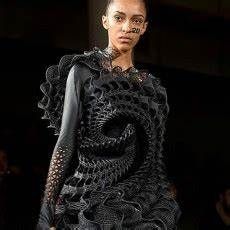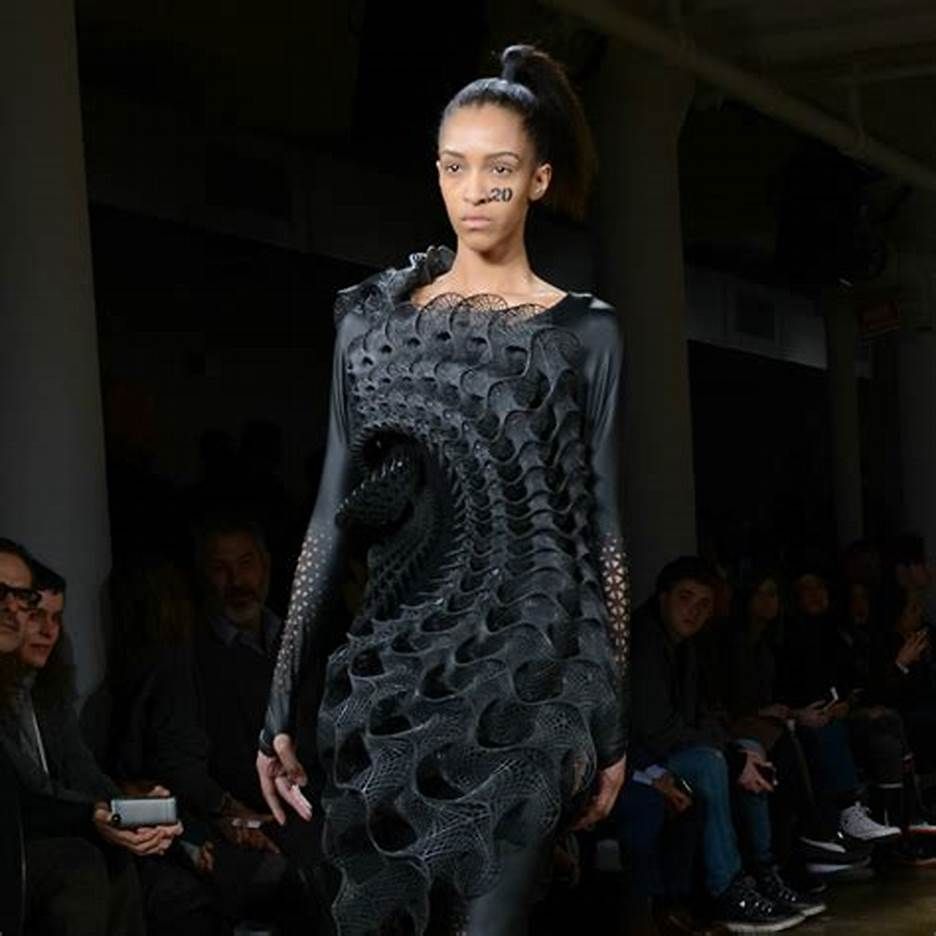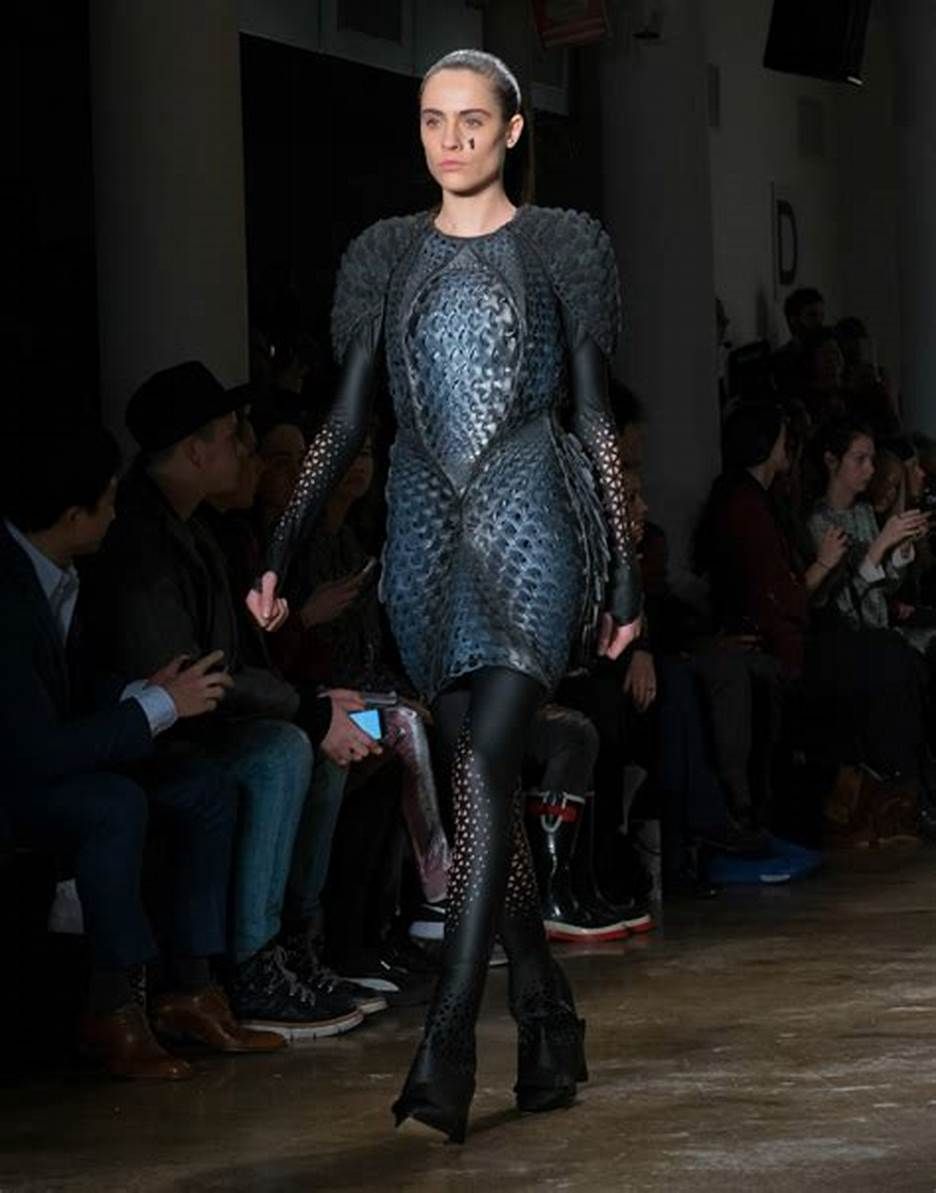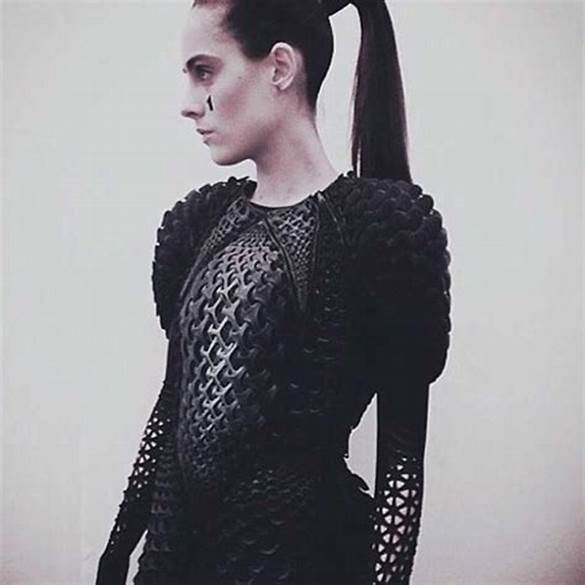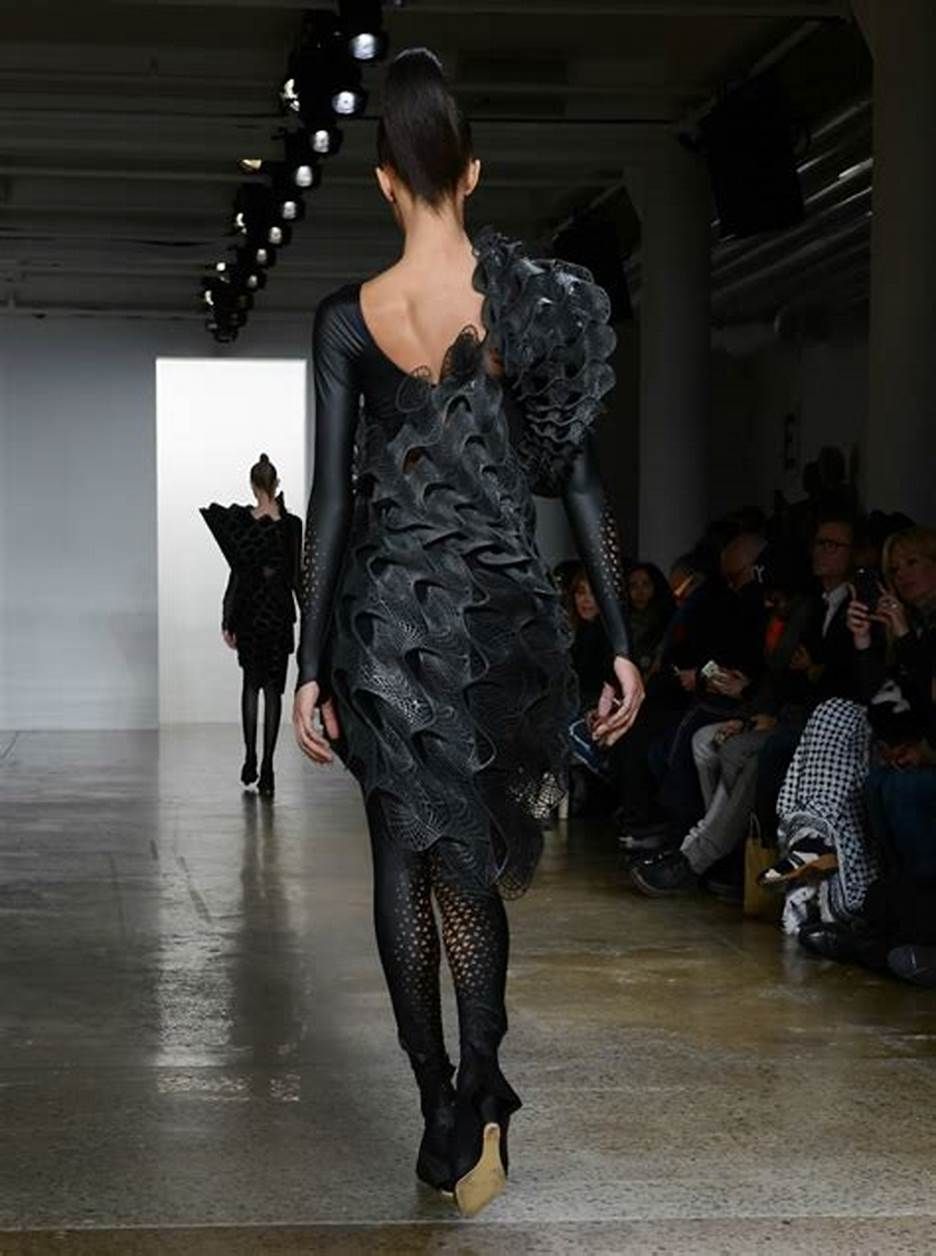New Geometry on Body | ThreeASFOUR
New York has been the dream city of fashion for a long time so there is no better place to introduce a new style. This autumn, a group of designers brings along a style that I wouldn’t fail to state as the style of the future. During New York fashion week, threeASFOUR with designer Travis Fitch designed a new skin for the human body. Fashion is one trend which is never steady, being totally dynamic. Be of any age, everyone has a little fashion in their life. Seeing the technology today, weaving by hand seems like an ancient practice to mention. The New York-based artists presented two 3d printed dress this week in the Autumn winter 2016 collection. The artist has always believed in infusing cutting edge technology with traditional craftsmanship.“You can create the actual final vision from the beginning. When you are working with traditional pattern making, you separate the fabric from a pattern from sewing. Herewith 3D printing they are all combined together,”
– Gabi Asfour, threeASFOUR
Where 3D printing is being practiced all around the world, it would make us think about what would be so unique about this dress after all? The designers in collaboration with Stratasys (the 3D printing company) believe that it is not just a unique dress but the development of a new textile. Usually, the fabrics we wear, some of them have a four-way stretch but with the help of this technology, the designers were able to incorporate a whole new kind of movement into the dress. The two dresses – ‘Pangolin’ and ‘Harmonograph’ are inspired by biological textures and are added to the Biomimicry collection. These designs reveal the untold possibilities in the fashion industry. Stratasys’ unique multi-material, multi-color Connex3 3D printing enable with a nano-enhanced elastomeric 3D printing material enabled the dress to be both durable and flexible. The dress is a combination of multiple single units, each unit functioning independently adding a fourth dimension to the dress. The Harmonograph is a 3D print dress based on a combination of geometry, biology, and logarithms whereas the Pangolin is a beautiful example of interlocking weaves. Each part of the dress functions independently creating a new skin that envelops the body. These complex designs are intricate and an addition to the evolving world of fashion. They reminded me of the sea creatures in the movie ‘Pirates of the Caribbean’. During that time the technology was limited to animation whereas this is the transition of the un-imagined to something tangible. What do you think?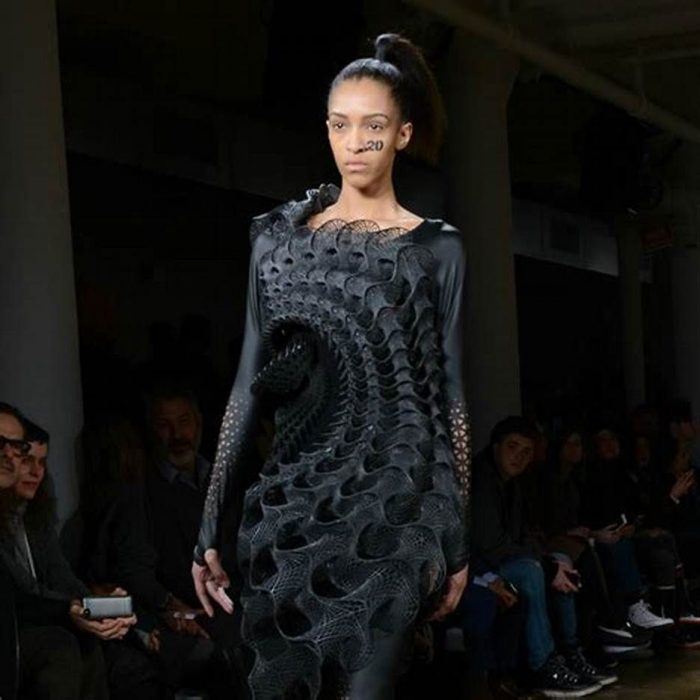
 by: Sanjana Malhotra.
by: Sanjana Malhotra.


